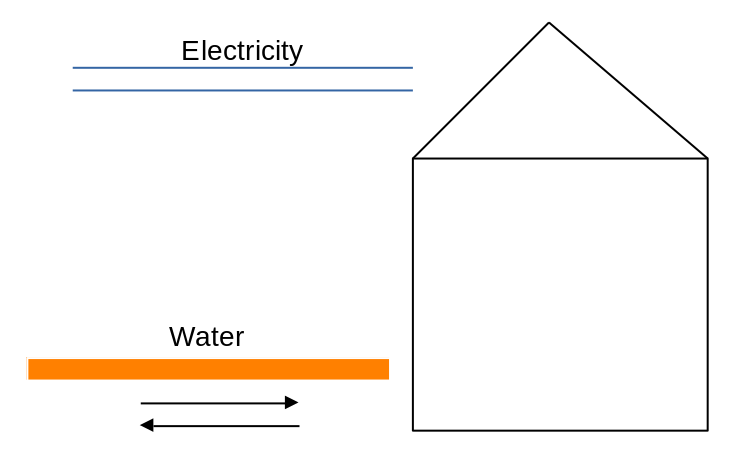this post was submitted on 17 Aug 2024
27 points (82.9% liked)
Space
8724 readers
6 users here now
Share & discuss informative content on: Astrophysics, Cosmology, Space Exploration, Planetary Science and Astrobiology.
Rules
- Be respectful and inclusive.
- No harassment, hate speech, or trolling.
- Engage in constructive discussions.
- Share relevant content.
- Follow guidelines and moderators' instructions.
- Use appropriate language and tone.
- Report violations.
- Foster a continuous learning environment.
Picture of the Day
 The Busy Center of the Lagoon Nebula
The Busy Center of the Lagoon Nebula
Related Communities
🔭 Science
- [email protected]
- [email protected]
- [email protected]
- [email protected]
- [email protected]
- [email protected]
- [email protected]
- [email protected]
- [email protected]
🚀 Engineering
🌌 Art and Photography
Other Cool Links
founded 1 year ago
MODERATORS
you are viewing a single comment's thread
view the rest of the comments
view the rest of the comments


Don't forget perchlorate mitigation!
Chlorates and perchlorates are fairly unstable, and readily decompose into chlorides + oxygen gas when heated. Could we solve two problems at once by washing the perchlorates out of the soil, and then decomposing them to produce oxygen for breathing and propellant?
Sure, just gotta dig 11.5 to 20 km down to get to some water. Or melt the ice caps, which probably already have the perchlorates frozen in them.
I don't see perchlorates as a big problem.
After all, plants grow quite well without soil, like hydroponics, I guess.
Where are you going to get all that water?
I was thinking three options: